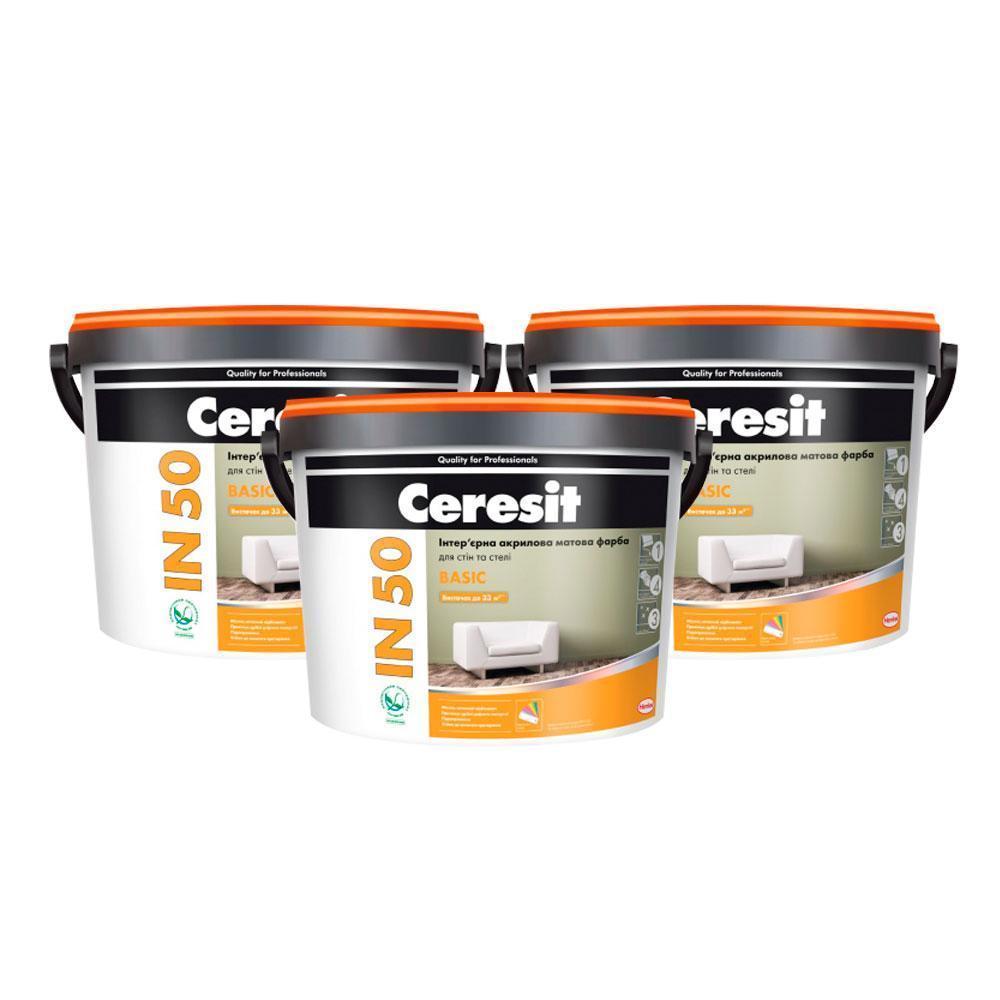When it comes to selecting materials for construction, decking, or various other projects, two options have been at the forefront of discussion: timber and artificial wood. Each has its own set of advantages and disadvantages, making the decision a challenging one for many homeowners and builders.
Wood remains a timeless favorite due to its natural beauty and durability. It has environmental benefits because it can be sourced from responsibly managed forests. Wood also has a unique character, with each item featuring an individual grain, pattern. Additionally, wood can be stained to match any aesthetic, allowing it to blend seamlessly into its surroundings.
However, wood also has its drawbacks. It requires frequent maintenance including sealing to protect it from the elements. If left untreated, wood can warp and crack, especially when exposed to moisture. This can lead to expense and become a hazard. Furthermore, wood is susceptible to pest infestation and warping, which can compromise its structural integrity.
Composite materials offer a solution to traditional wood. Made from a combination of materials such as other synthetic materials, composite materials are resistant to fungal damage, pest damage, and строительные материалы магазин warping. They are also less prone to cracking, making them a more stable option for construction and decking projects.
One of the main benefits of composite materials is their low upkeep requirements. They do not require the same level of upkeep as wood, as they are resistant to the elements and can withstand severe conditions. Composite materials also come in a variety of designs, allowing homeowners to achieve the desired aesthetic without the need for frequent staining.
However, composite materials also have their drawbacks. They can be expensive compared to wood, which can be a significant factor for budget-conscious builders and homeowners. Additionally, composite materials can feel cold, unlike wood, which can provide a warm and inviting surface. Some composite materials may also contain raised environmental costs.
In conclusion, both traditional wood and composite materials have their strengths and weaknesses. While wood offers a natural beauty and sustainable option, it has upkeep requirements to protect it from the elements. Composite materials, on the other hand, provide a low-maintenance choice, but are often more pricey and may have environmental drawbacks.
When deciding between wood and composite materials, it is essential to consider your specific needs and priorities. If you are looking for a sustainable and aesthetically pleasing option that requires minimal upkeep, wood may be the better choice. However, if you prioritize simplicity and a long-lasting item, composite materials could be the way to go. Ultimately, the decision comes down to individual circumstances, making it crucial to weigh the pros and cons before making a final decision.

